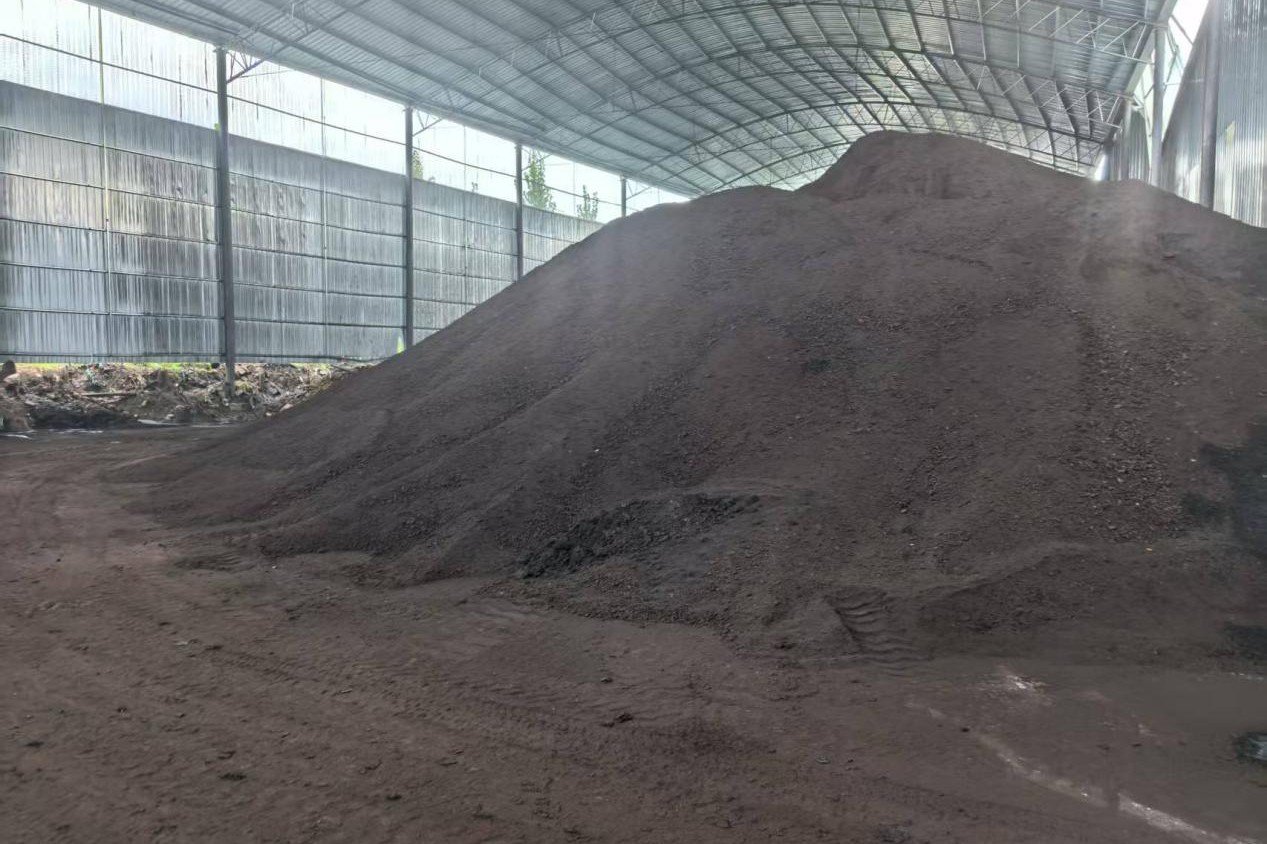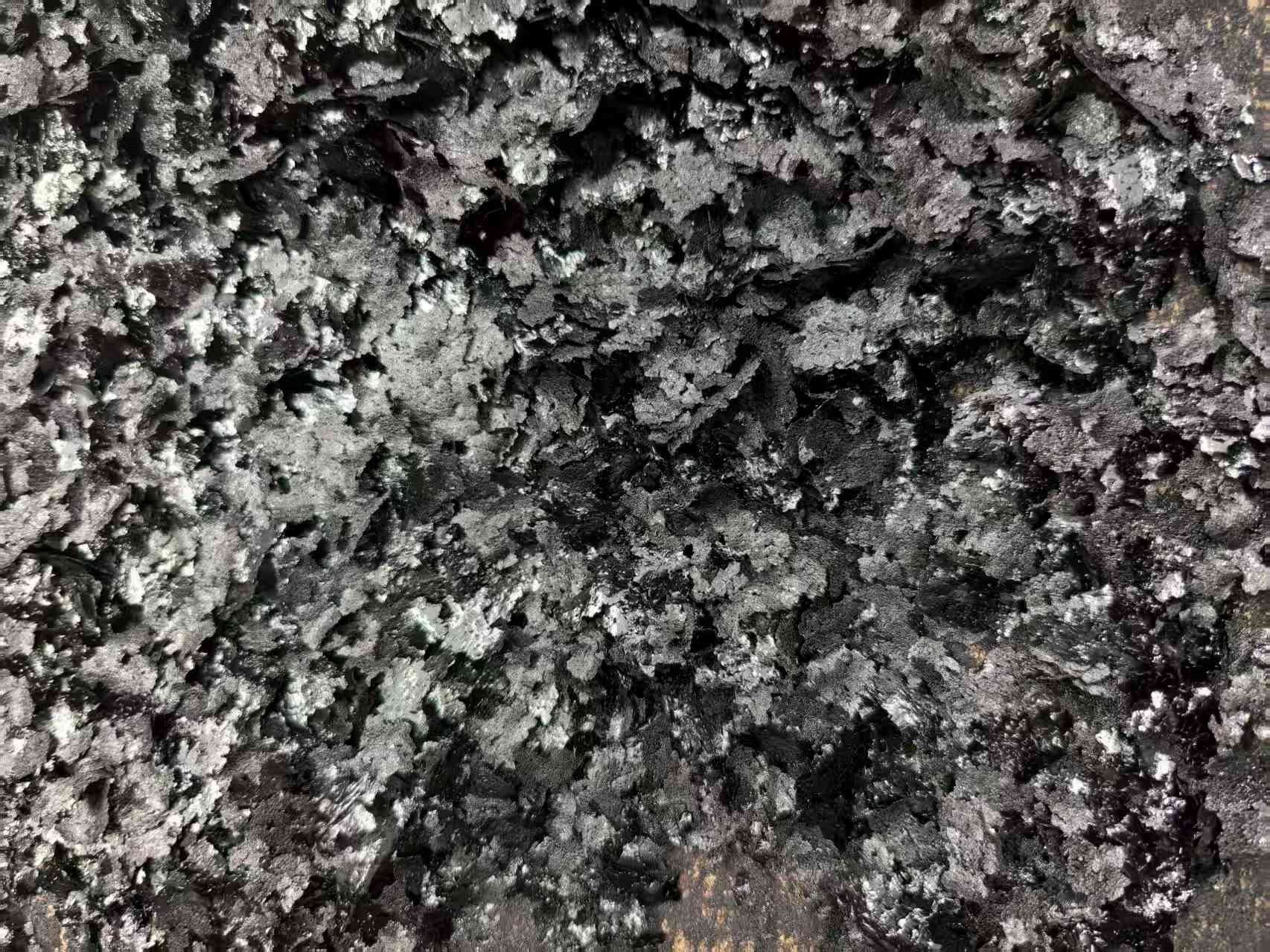Soil amendments, also known as soil conditioners, work by binding small soil particles into larger, more stable aggregates, thereby improving soil porosity and enhancing water permeability and aeration. Furthermore, some amendments can activate organic matter and mineral nutrients in the soil, promoting their mineralization and transformation, and increasing nutrient availability.

I. Organic Amendments: A Nourishing Meal for Strengthening the Soil
These products are derived from nature and mainly include farmyard manure, compost, green manure, crop straw, humic acid, and commercial organic fertilizers.
Advantages: Significantly increases soil organic matter, acting like a "nutritional meal" for the soil; improves soil structure and enhances water and fertilizer retention capacity; provides abundant "food" for soil microorganisms, promoting a healthy soil ecosystem; slow nutrient release and long-lasting effects; also enables the recycling of agricultural waste.
Disadvantages: Relatively low nutrient content, slow fertilizer effect, and difficulty in meeting the urgent needs of crops during their rapid growth period; if not fully decomposed, it may carry pathogens, insect eggs, and weed seeds; some products are bulky, making transportation and application inconvenient; quality varies, and there may be risks of heavy metal contamination.
Learn more about Organic Soil Amendments here.
II. Inorganic Soil Conditioners: Rapid Soil Conditioning "Surgical Treatment"
These products are mainly minerals, used to specifically address specific physical and chemical barriers in the soil.
Advantages: Rapid and highly targeted effects. For example, applying lime can effectively neutralize soil acidity; using gypsum can improve saline-alkali soil, replace harmful sodium ions, and improve soil permeability; zeolite, silicon-calcium-potassium-magnesium fertilizers, etc., can optimize soil physical structure and supplement micronutrients.
Disadvantages: Generally do not provide or only provide a small amount of nutrients; excessive or improper use can easily lead to soil salinization, compaction, or elemental imbalance (e.g., excessive lime application may induce deficiencies in micronutrients such as boron and zinc); their production process may consume more energy.
Explore Inorganic Soil Conditioners for Better Results.
III. Biological Modifiers: Activating "Probiotics"
This mainly refers to preparations containing beneficial microbial strains, such as nitrogen-fixing bacteria, phosphorus- and potassium-solubilizing bacteria, and mycorrhizal fungi.
Advantages: Through microbial activity, they can fix nitrogen from the air, activate fixed phosphorus and potassium elements in the soil, improve fertilizer utilization, inhibit soil-borne diseases, and promote root growth. Their mechanism of action is to "activate" the soil's inherent potential; they are environmentally friendly and leave almost no residue.
Disadvantages: The survival and colonization of the microbial strains are greatly affected by environmental conditions such as soil temperature, humidity, and pH; the effects are unstable and relatively slow; high requirements are placed on storage and application techniques; the quantity and quality of the effective microbial community are crucial, and inferior products may be ineffective.
IV. Polymer Modifiers and Synthetic Soil Conditioners: Highly Effective "New Technologies" for Special Protection
Represented by polyacrylamide (PAM) water-retaining agents and synthetic soil structure modifiers.
Advantages: Excellent in improving soil structure, preventing erosion, and highly efficient water retention, requiring only a small dosage.
Disadvantages: Higher cost; some products may have biodegradability issues, and long-term ecological effects require continuous evaluation.
Experts point out that there is no "one-size-fits-all" soil amendment; the key is to "treat the root cause." The future trend of soil improvement will be the scientific application of organic, inorganic, and biological amendments to achieve complementary advantages.





